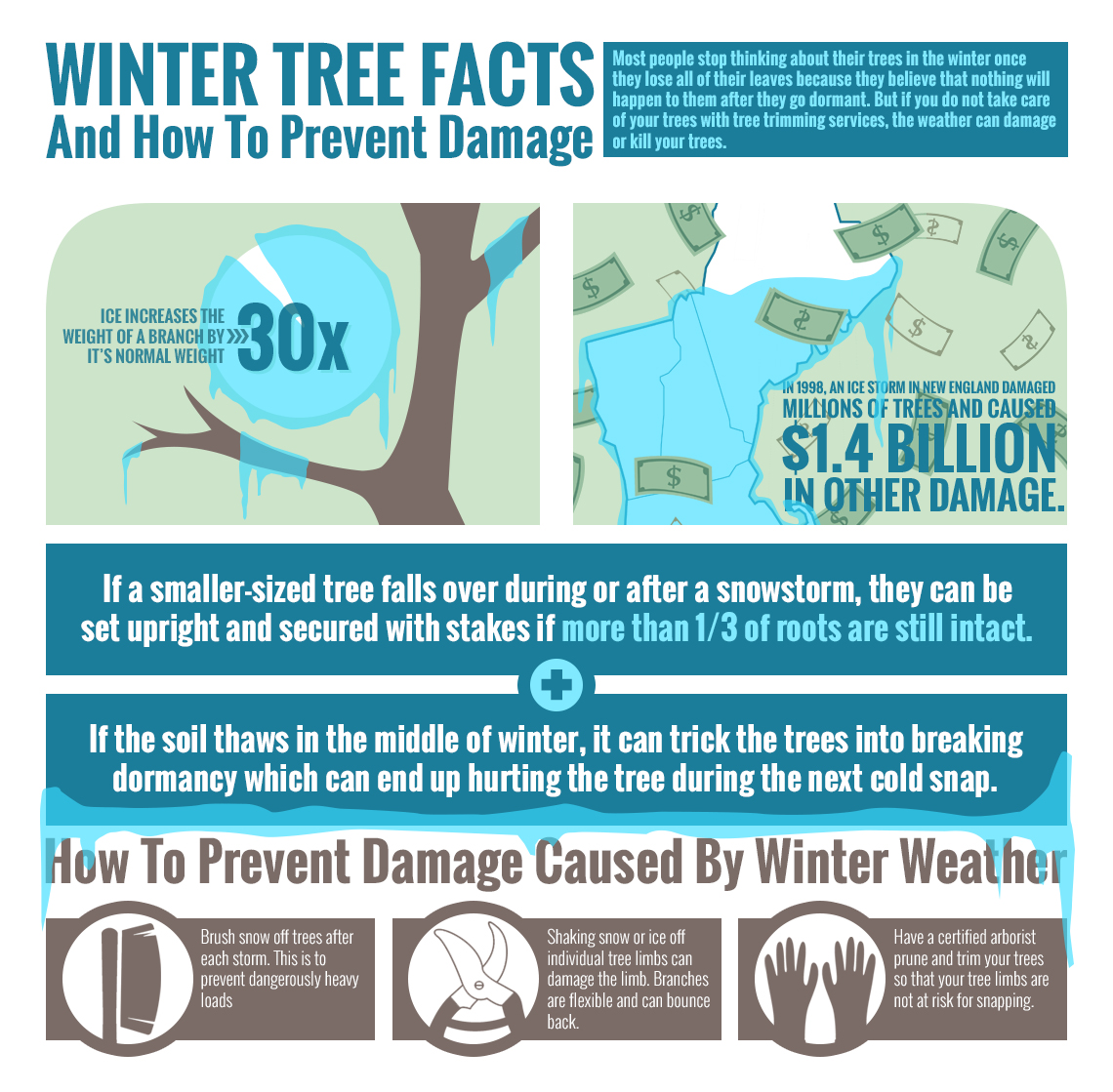Safeguarding Your Landscape: Replanting After Tree Removal
Safeguarding Your Landscape: Replanting After Tree Removal
Blog Article
Short Article Composed By-Hussein Thomassen
Tree removal can leave a gap in your landscape that needs filling. You can grow something brand-new because room, but it takes added treatment and focus at the starting to help it thrive.
The soil in that location will keep changing with time as microorganisms break down the old roots. That can influence the nutrient equilibrium and physical area for new development.
Dirt
The dirt in a story where a tree has actually been removed is most likely to be really different from the rest of your garden or backyard. The roots of the old tree and the stump will certainly have altered the soil, getting rid of some nutrients and possibly crowding out various other plants. Furthermore, if the previous tree was unhealthy, the transmittable agent may still be in the ground.
The presence of roots fosters an abundant and varied community of soil bacteria that enhances necessary processes like nutrition cycling and organic matter decay. Without these microorganisms, the displaced soil can end up being less fertile and nutrient-depleted, with an unfavorable effect on plant growth.
Prior to replanting, the soil must be eliminated of debris and natural material (such as timber chips from stump grinding). You may desire to mix in potting dirt or native dirt with this compost to offer your new growing with an environment that is well balanced and loaded with nutrients.
Water
Tree origins take in big amounts of water from the soil. This process likewise includes nutrients back to the soil, especially nitrogen, which is crucial for new trees and plants. Regrettably, old dirt can be diminished of these crucial minerals as a result of the decaying origins and stump from a gotten rid of tree.
This is why it is essential to have a prepare for the future of your landscape. Ideally, the very best time to plant is when you have a clean slate.
Whether you're planting lawn or flowers, make sure to utilize a soaker hose pipe to stay clear of overwatering your new landscaping. If https://cruznidys.atualblog.com/35397682/identifying-the-requirement-for-tree-elimination-an-overview-for-homeowners was a garden, make sure to cover the soil with natural mulch to assist keep wetness in the soil, manage dirt temperature levels and reduce weeds. This also gives a layer of security for young plants and advertises worm activity. Then, regularly replenish the compost to continue improving the soil nutrient thickness and microbial life. This is known as soil remediation.
Light
Trees are a terrific enhancement to any landscape, offering color, aesthetic pulchritude, and several other benefits. However, in some cases trees come to be unsightly due to a selection of reasons, including condition, parasite infestations and natural aging.
In such situations, it may be necessary to get rid of a tree. It's important to think about the worth of a certain tree in your landscape design and take the correct actions to make certain that the removal is done safely and effectively.
Throughout the late summer, it's a perfect time to carry out upkeep and assessments on existing trees. Look for signs of condition, insect invasions, or architectural damages, along with any potential hazards such as weakened or leaning trees.
Prior to beginning https://www.bobvila.com/slideshow/15-tricks-to-know-if-you-hate-fall-yard-work-50397 and construction tasks, be sure to secure the root zones of existing trees by avoiding soil compaction and grading around them. Raw material, as it breaks down, can generate poisonous gases that are harmful to the roots of a tree. It's additionally a great concept to mulch the area around a tree after construction has actually finished to save dampness and reduce weed development.
Temperature level
Trees are important to a landscape for their visual appeal, however they likewise play an important duty in the regional environment by offering shade and windbreaks. They support wild animals habitats and lower the amount of carbon dioxide airborne, which can contribute to worldwide warming. This is why it is recommended to replant trees after removing one from the property.
When replanting a new tree in the area of a previous stump, the soil might not have adequate nutrients to support it. It is best to wait for a year before planting to make certain that the dirt will be rich in nutrients.
To ensure that replanted trees prosper, it is important to give them with proper treatment. A layer of mulch will keep soil wetness from vaporizing, regulate soil temperature, and help suppress weeds. Organic mulch is the favored selection because it boosts soil fertility. Recurring fertilization and bug control are additionally crucial for replanted trees.